.jpg)
Share more of life's lighter moments with AERO!
ShAERO and WIN* $1,000 for you and Food Banks Canada!
ENTER NOW
NESCAFÉ Espresso Concentrate
Espresso Concentrate is the perfect base for crafting your favourite coffee creations, giving you the freedom to unleash your inner barista from the comfort of your home.
DISCOVER MORE HERE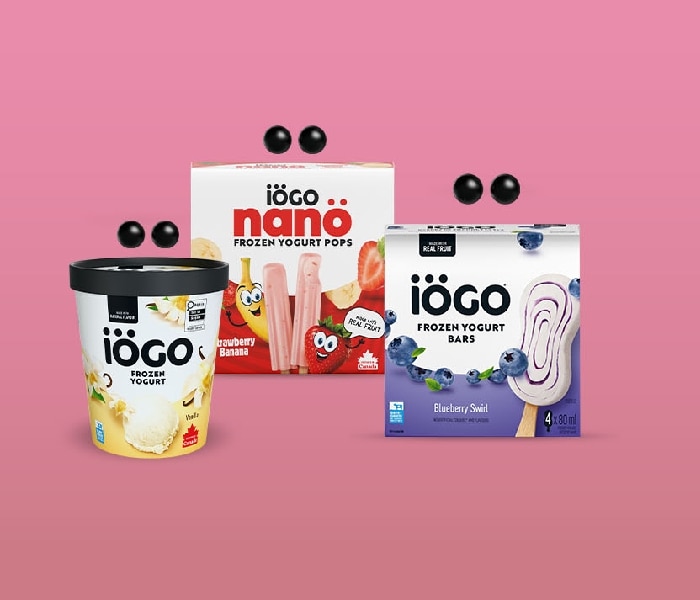


Essentia® Ionized alkaline water pH 9.5 (or higher)
Essentia is committed to keeping you hydrated so you can continue to do what’s important to you.
SEE PRODUCTS
There’s a new kid in town!
Introducing BOOST® Kids – a line of nutritional supplements formulated for kids aged 4-12!
DISCOVER BOOST KIDS_mobile.jpg)
Introducing NEW Drumstick Bites!
Drumstick Bites are crispy, crunchy bite-sized mini cones filled with a chocolatey nugget – just like the end of a classic Drumstick ice cream cone!
SEE PRODUCTSLEARN HOW WE'RE MAKING EVERY MOMENT, A BIT MORE...DELICIOUS.
You may also like

AFTER EIGHT Mint Thins
See Product
Seasonal

KITKAT Christmas Holiday Advent Calendar
See Product
Seasonal


TURTLES Classic Recipe Holiday Gift Box
See Product
Seasonal


TURTLES Classic Recipe Gift Box Carton
See Product
Seasonal
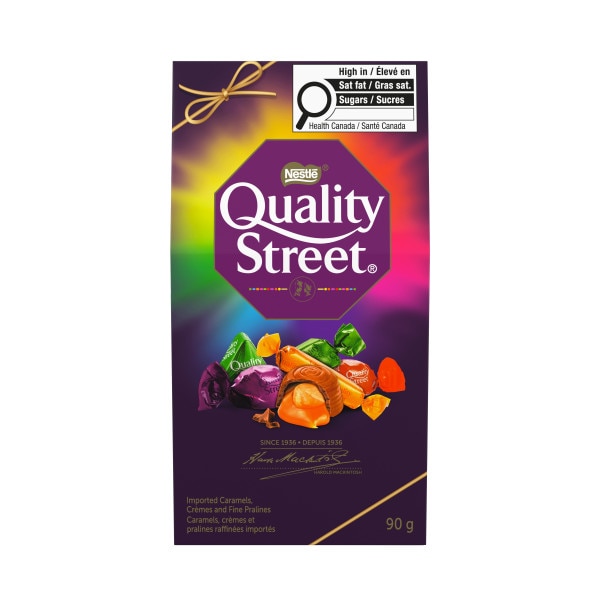

QUALITY STREET Holiday Gift Box
See Product
Seasonal
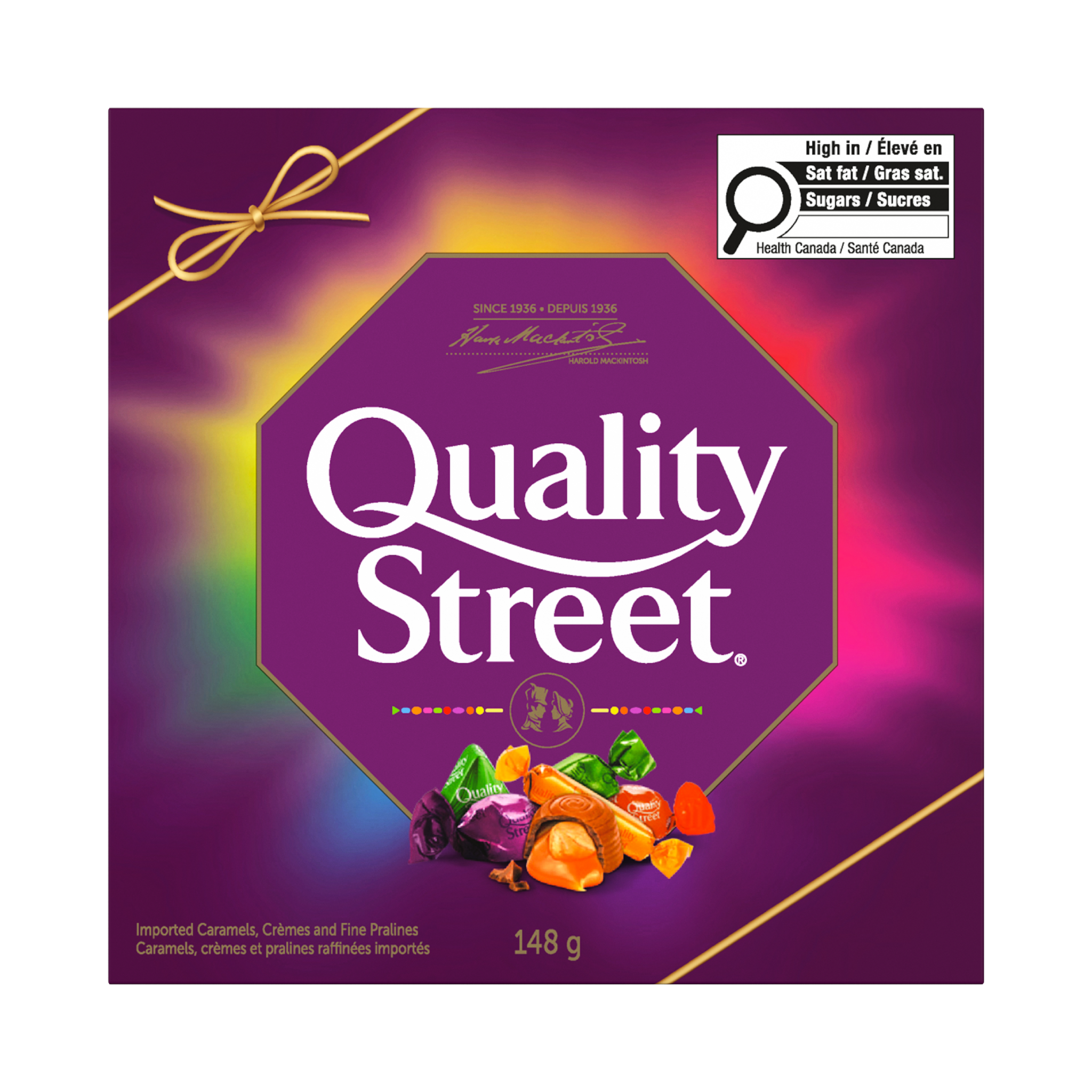

QUALITY STREET Holiday Gift Box
See Product
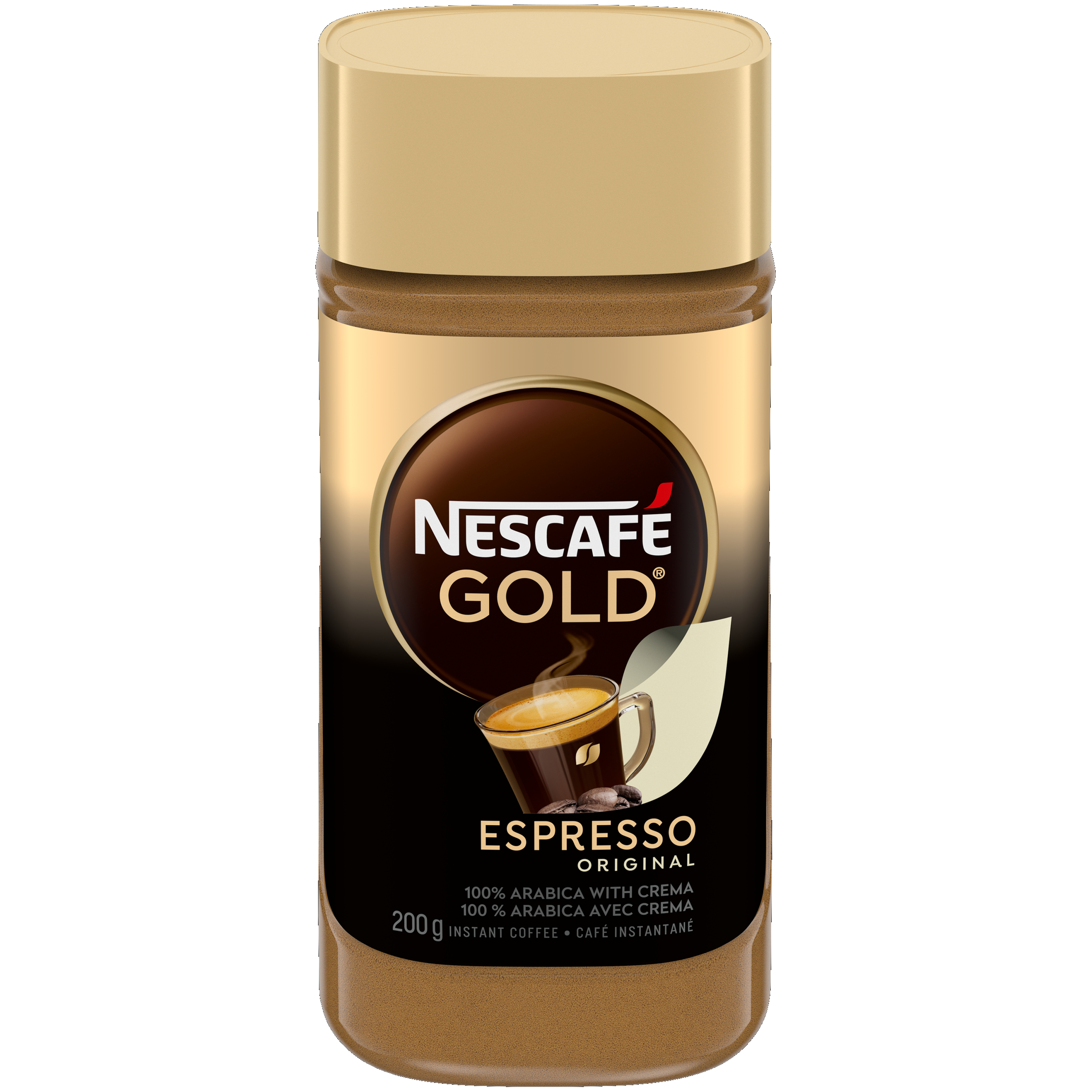
NESCAFÉ Gold Espresso, Instant Coffee 200 g
See Product
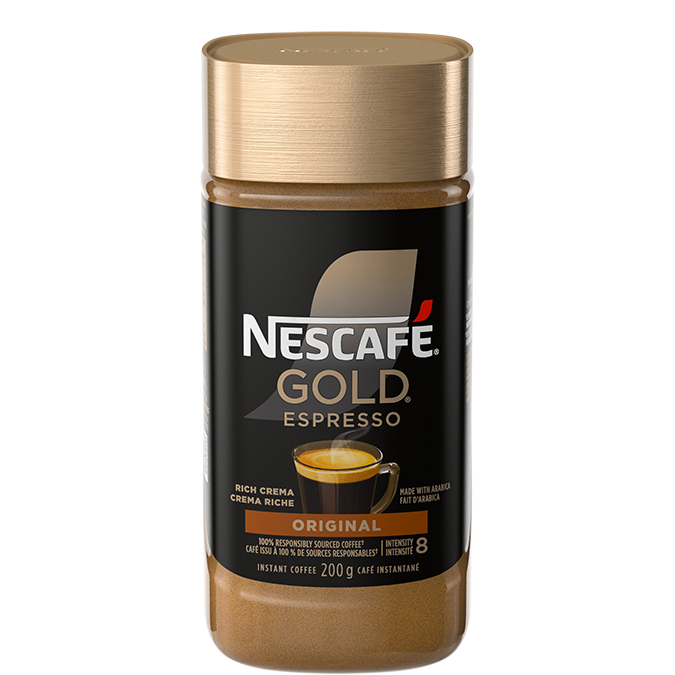
NESCAFÉ GOLD Espresso Instant Coffee
See Product